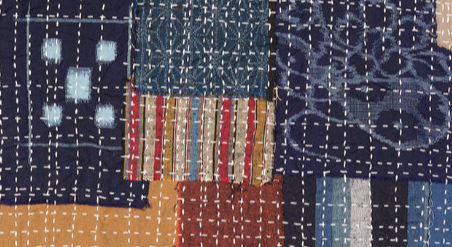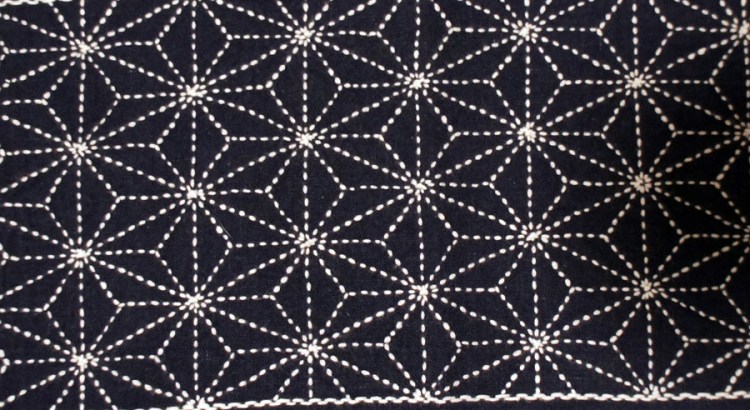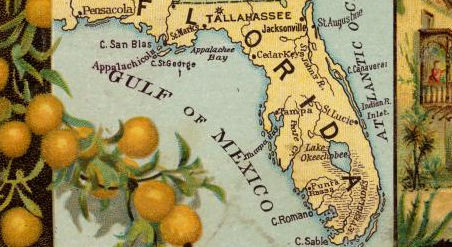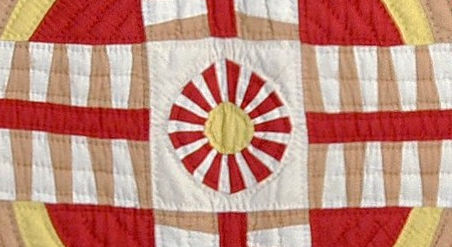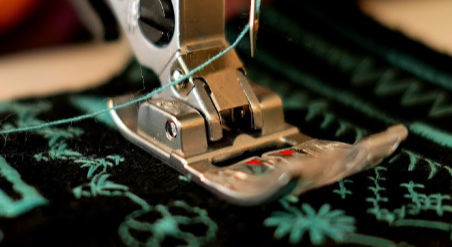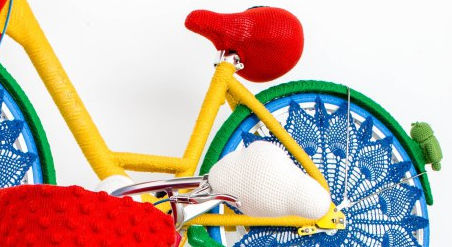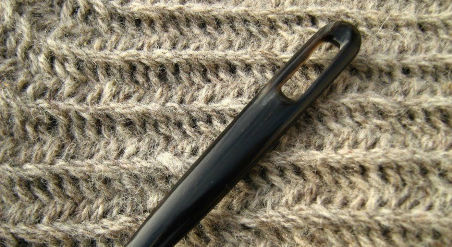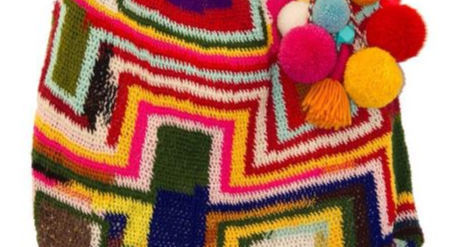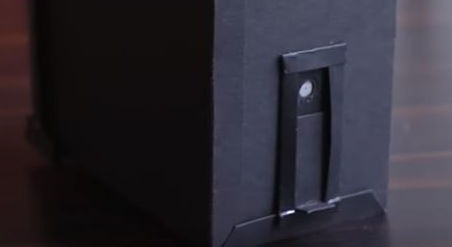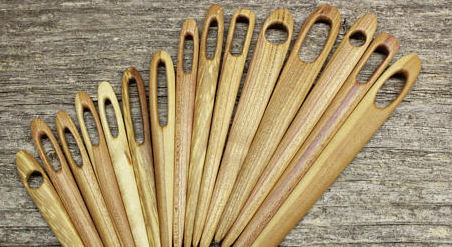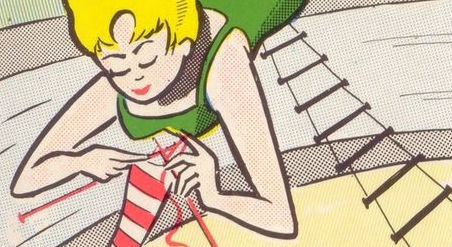Bilum
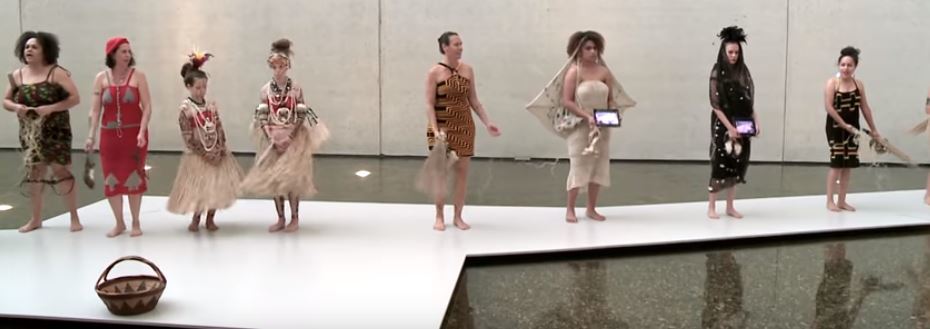
Screen grab via Twist and Loop: A response to a Bilum wear collection
“They come in different patterns, each pattern resembling certain tribe or clan. More complex and specific patterns are made for carrying during public appearances or displayed during the ceremonial events.
The special ceremonial events include yam festivals, tambuan dances, bride price payment, dead compensation and barter system between the river people and the inland wosera people.
The complex patterns are of inheritance and only very few ladies in a village possess those inherited talents. The Wosera people are the only tribe that maintains the originalities of the bilum patterns and treasures the complexity of their inherited patterns and it is the only significance of that area.”
How To For Papua New Guineans by E. Mathias
A Brilliant Designer
Florence Jaukae Kamel, a Papua New Guinea artist and designer, is changing the way a traditional craft is thought of and used. In the past few years there’s been a creative movement in PNG that's given rise to a radical shift in the way people think about bilum, and Florence is the brains behind this change.
Bilum is a handwoven fabric in Papua New Guinea that has traditionally been used to make bags. The bags are a symbol of a woman's social standing, and are worn on the head by married women to carry shopping goods, tools, and children.
Bilum bags, made in the traditional way, are handmade using local plant materials – reeds, fibre from tree bark, sisal, or vine - which are twisted into a yarn that’s woven into a stretchy fabric using a knotless netting technique using a single needle. They can also be made by crocheting. Feathers and fur are sometimes added as decorative details.
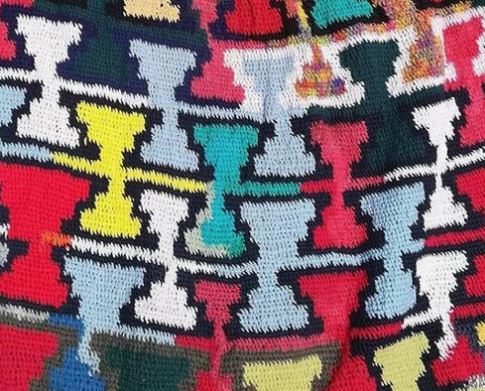
Click on this bilum photo to visit the Goroka Bilum Weavers, EHP Papua New Guinea Facebook page.
Nowadays, those who can afford some store bought string or yarn will opt for the brightly colored alternative to the reeds, which have to be harvested and prepared for use.
Like any market bag, bilums can vary by patterns, colors, handle length, materials used, and size.

Image Credit: Leonard Epstein photography, 2017

Image: Elizabeth Bonshek / 2007
A Radical Idea
A shift happened in the use of the bilum technique when Florence Jaukae Kamel challenged the norm and started to use the technique to make items other than bags. She made dresses and hats.
Florence flipped the traditional thinking behind using bilum. Because of her, it's not just a means to an end. Rather, she's separated it from the ties to social standing, and has used it as a fabric. The bilum fabric is so versatile that it can be used to make any number of items, including bags, hats, and dresses (including wedding dresses).
This has been a radical change in perspective. And that change in thinking was also the beginning of a change in PNG womens’ lives.
In 2012, Florence started a company that sells her bilum fashion designs, Jukae Bilum Products. She also founded the Goroka Bilum Weavers Cooperative (a collective of Goroka bilum women weavers), and the Goroka Bilum Festival.
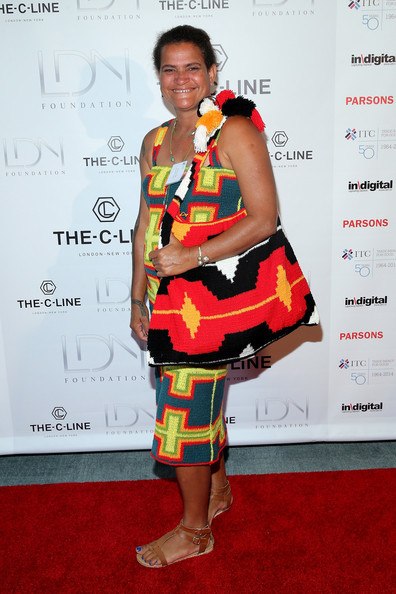
Florence Jaukae Kamel Photos»Photostream · Pictures. Women Empowering Women Luncheon
“Most of my country men and women, they think I was insane or something. They were like 'What's happened to Florence? What is she trying to do? Get in something that will carry a food and baby?' It is kastom (custom), it's hard, you can't do it (change custom). But I just did it.
Everybody started thinking that I had gone insane but I wanted to prove them wrong and I had a dream that one day I will see my outfit go on the runway or the catwalk in a western country like maybe New York or England so that people will know that I am not insane.” Florence Jaukae Kamel

Photograph by of Marielisha Ilai
A Dream Come True
In September, 2014, Florence was invited to participate in the International Trade Centre’s Women and Trade Programme, which paired women designers from Ethiopia, India, Mongolia, Palestine, Papua New Guinea, and Peru with students from the London College of Design, and New York City’s Parsons New School of Design. The designs created from this project were featured in a runway event in NYC.
Below is a photo of the bilum dress that was shown during the LDNY Festival Launch.
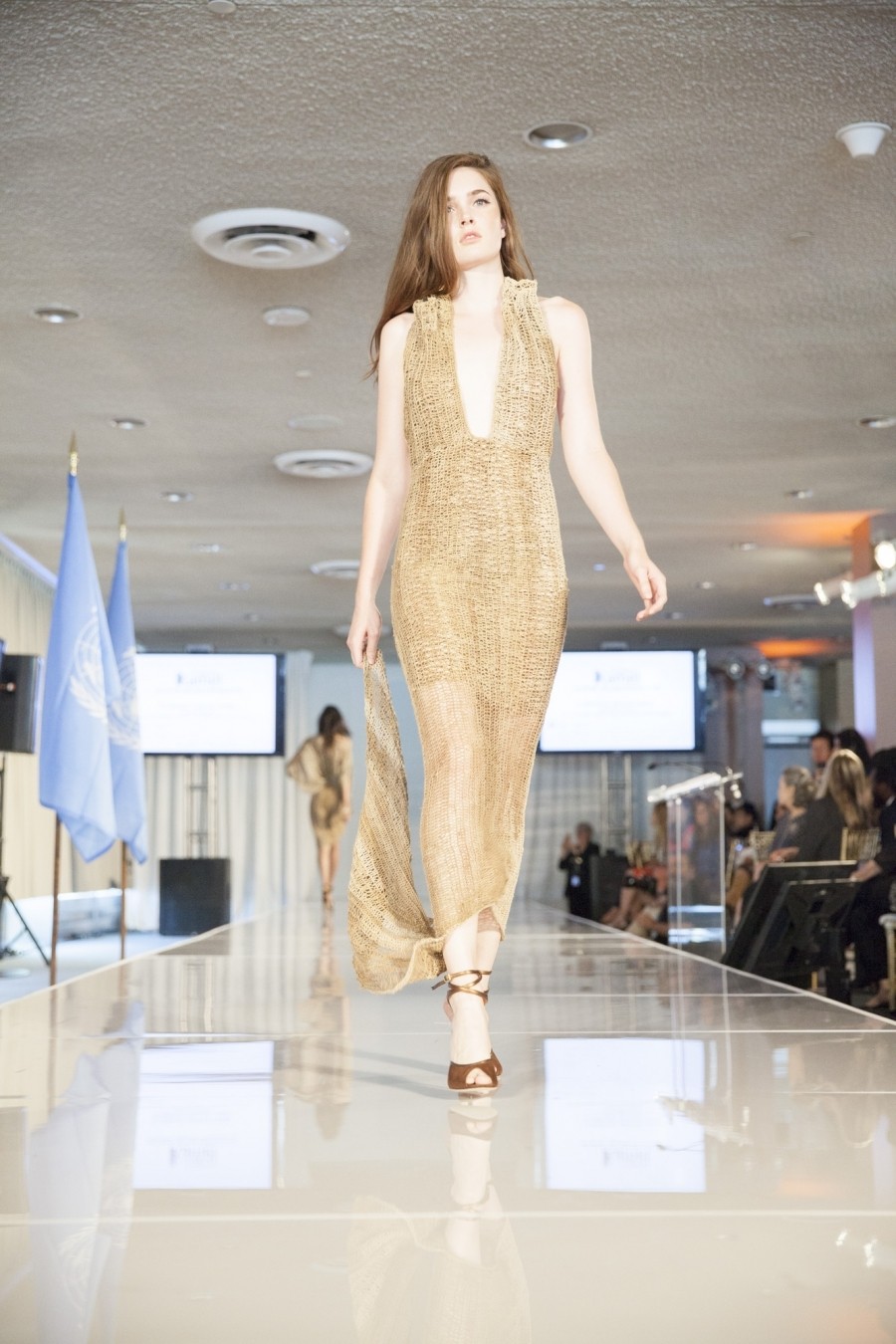
Photo by Spencer Kohn/LDNY
Follow Florence and the Goroka Bilum Festival on Facebook.
If you'd like to know more about bilum, check out our posts How to Make a Bilum String Bag and Bilum Videos.
POPULAR POSTS
Follow a tutorial for making a patchworked bag with Sashiko topstitching. | Follow tutorials for how to create traditional Japanese embroidery stitching. | Explore a library's digitized vintage maps, which you can download for free. | Learn from a museum textile curator how to best care for your quilts. |
Learn to make a basket weave pattern quilt from scraps of fabric. | Sisters Lorna and Jill Watt create amazing yarn bomb installations . | Ceramic artists create fantastical structures using magnetic clay. | Learn about a Viking fabric-making technique which pre-dates knitting. |
Follow a tutorial for making a bilum bag - PNG's traditional fabric. | Learn to make a pinhole camera; develop paper film with common items. | Learn about a stretchy fabric made with connected loops. | Free digitized knitting magazines 1800 - now. |
